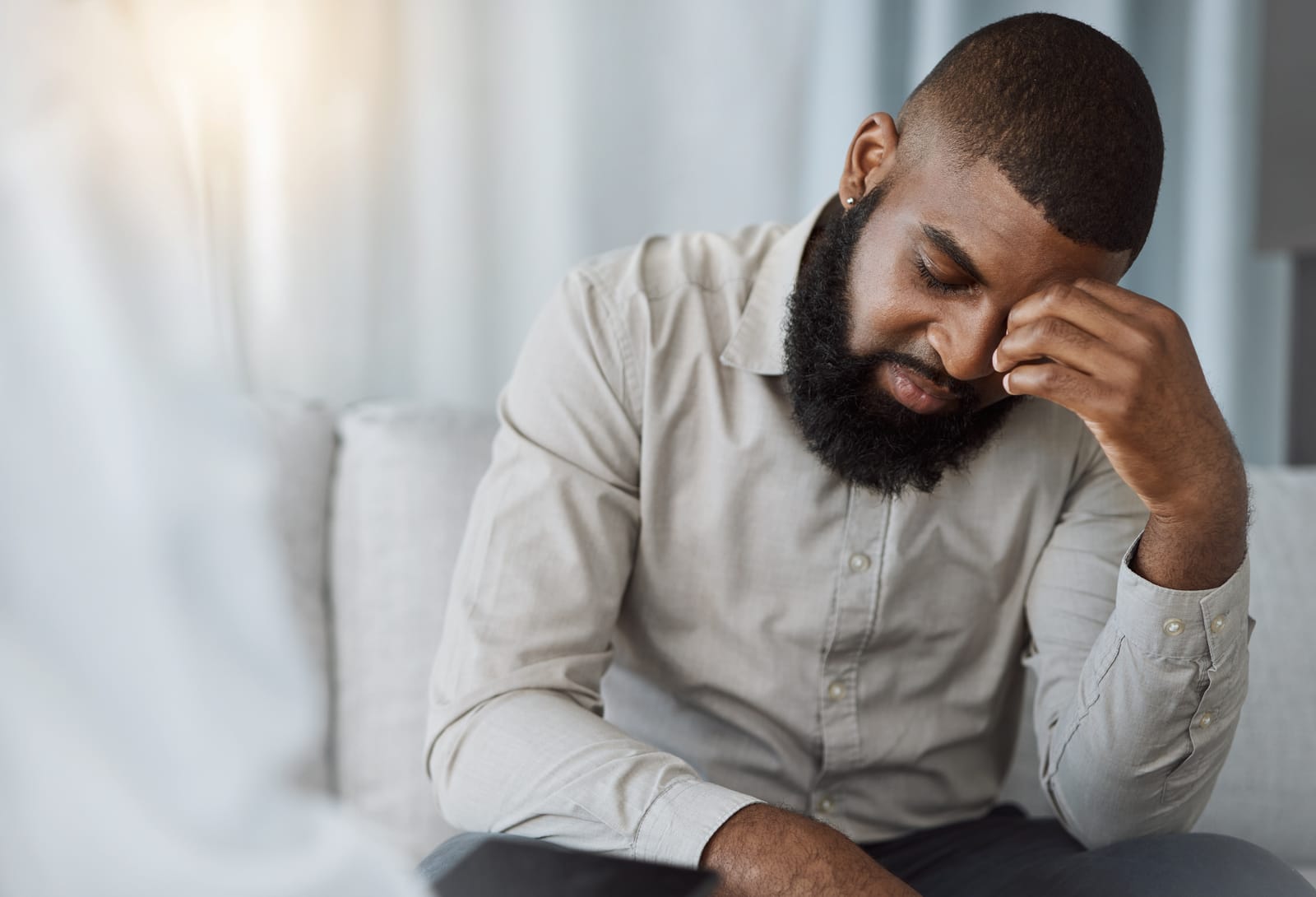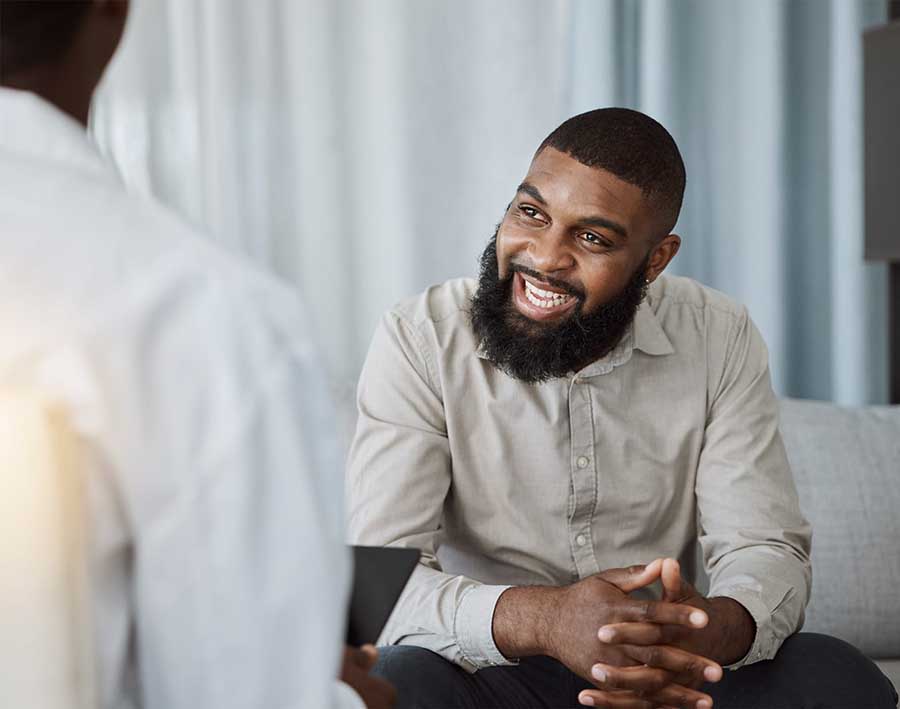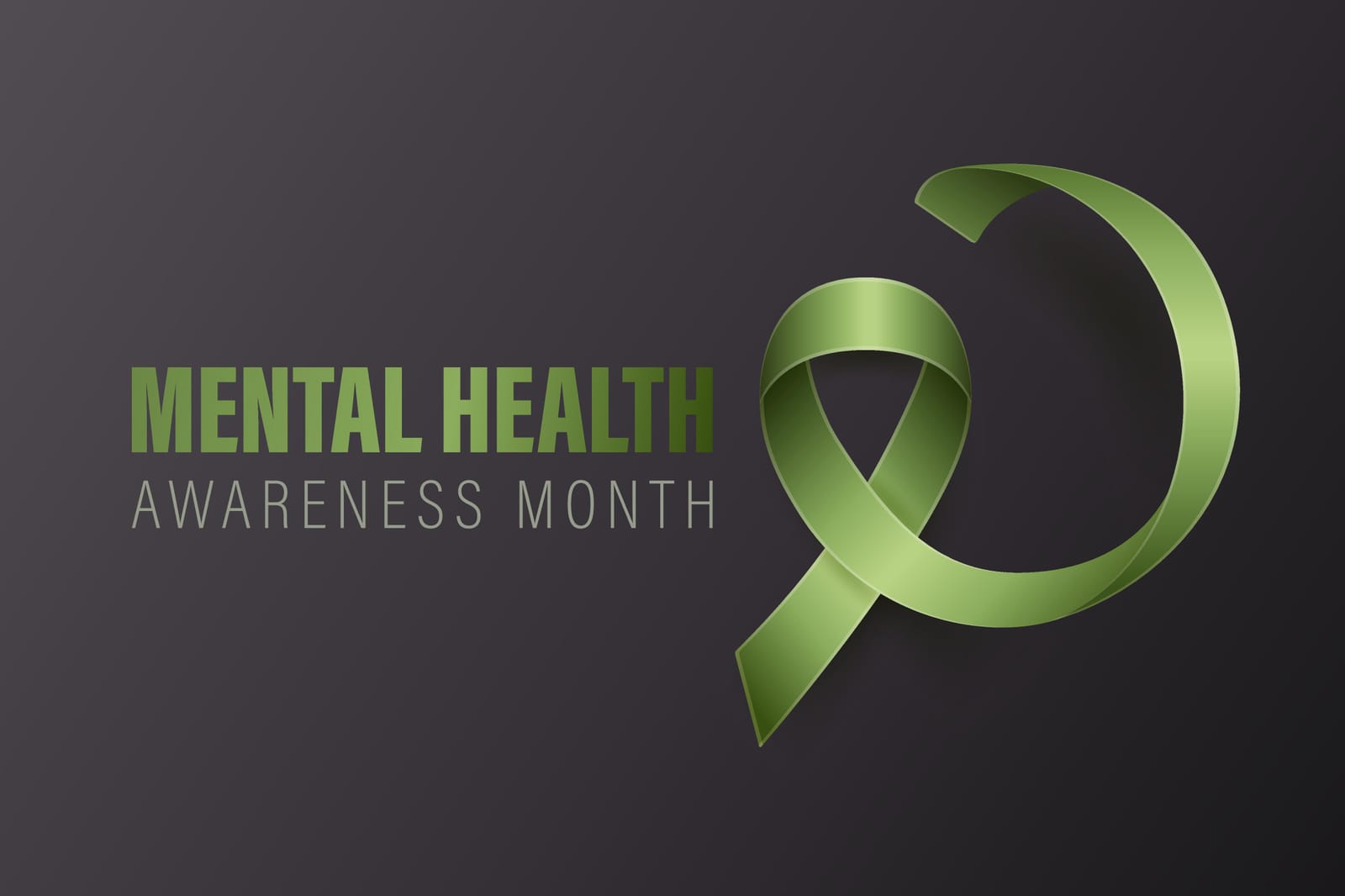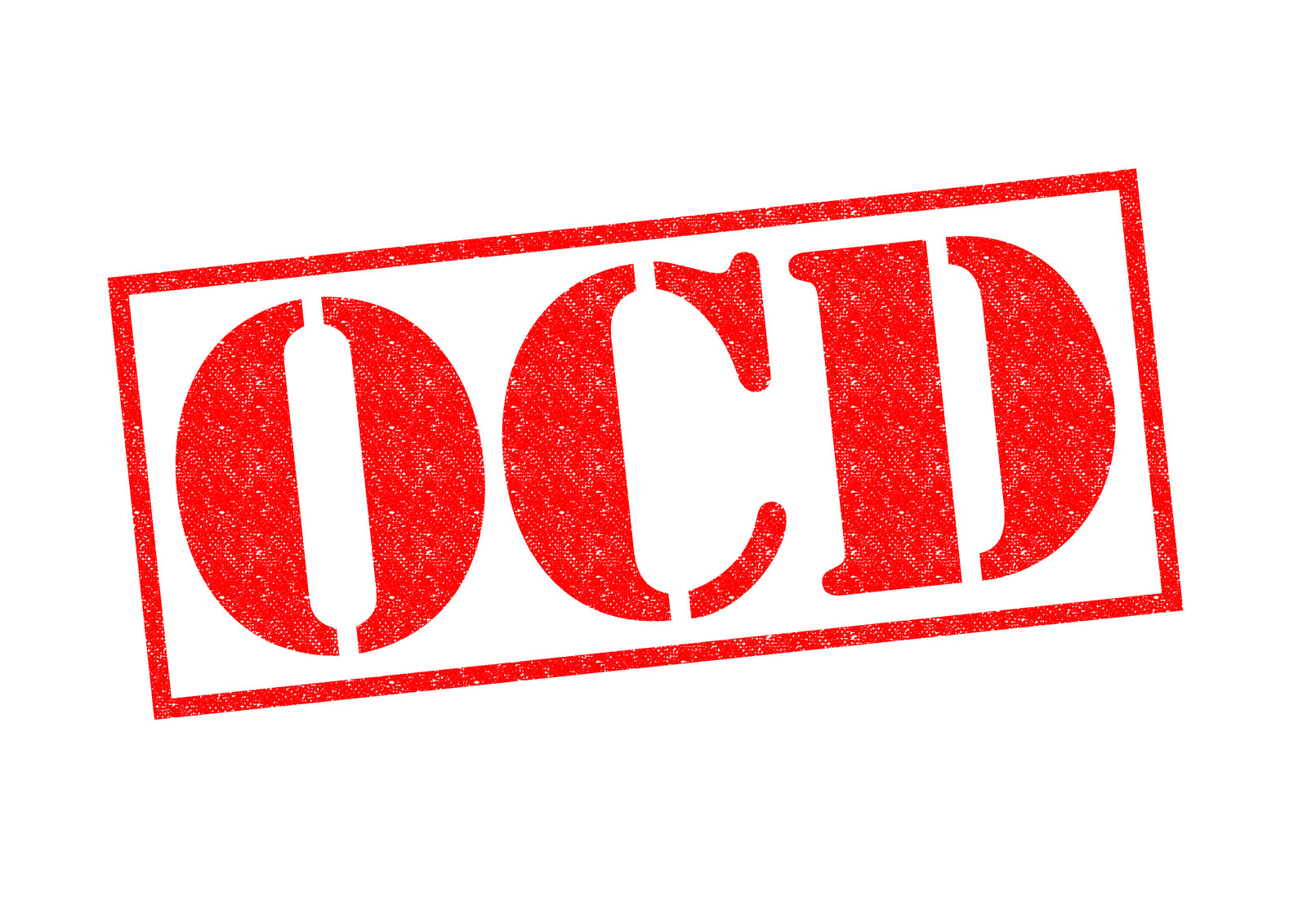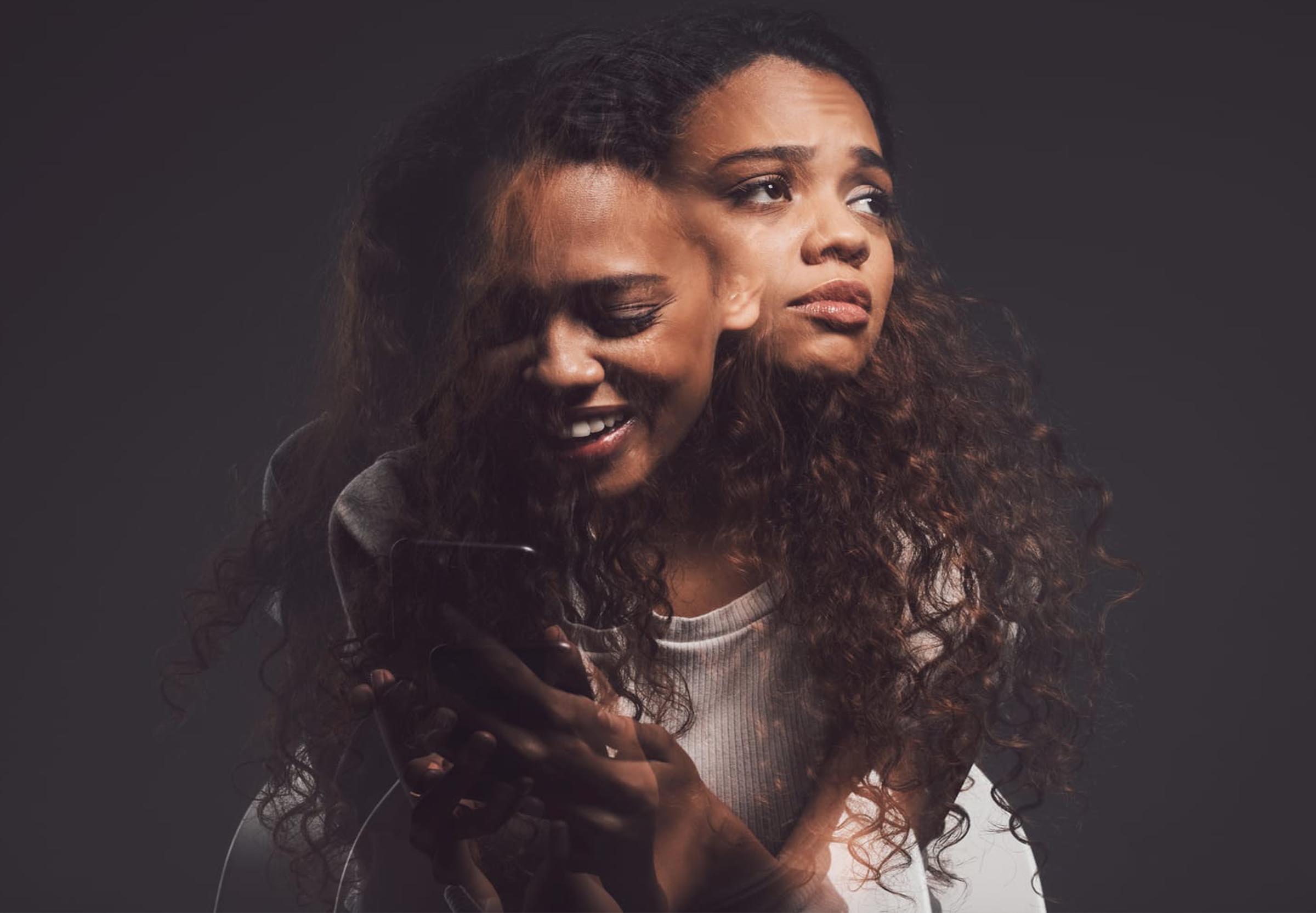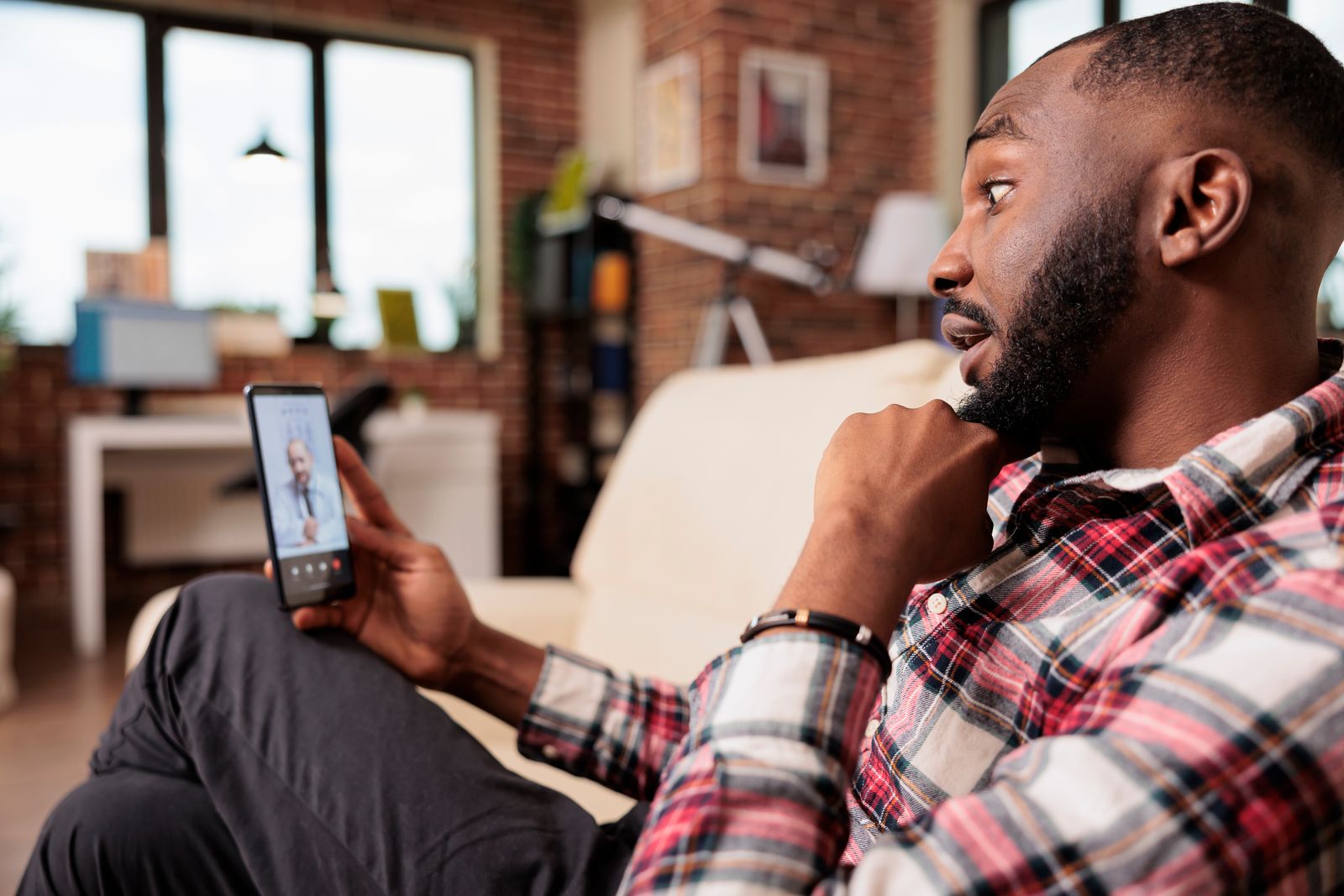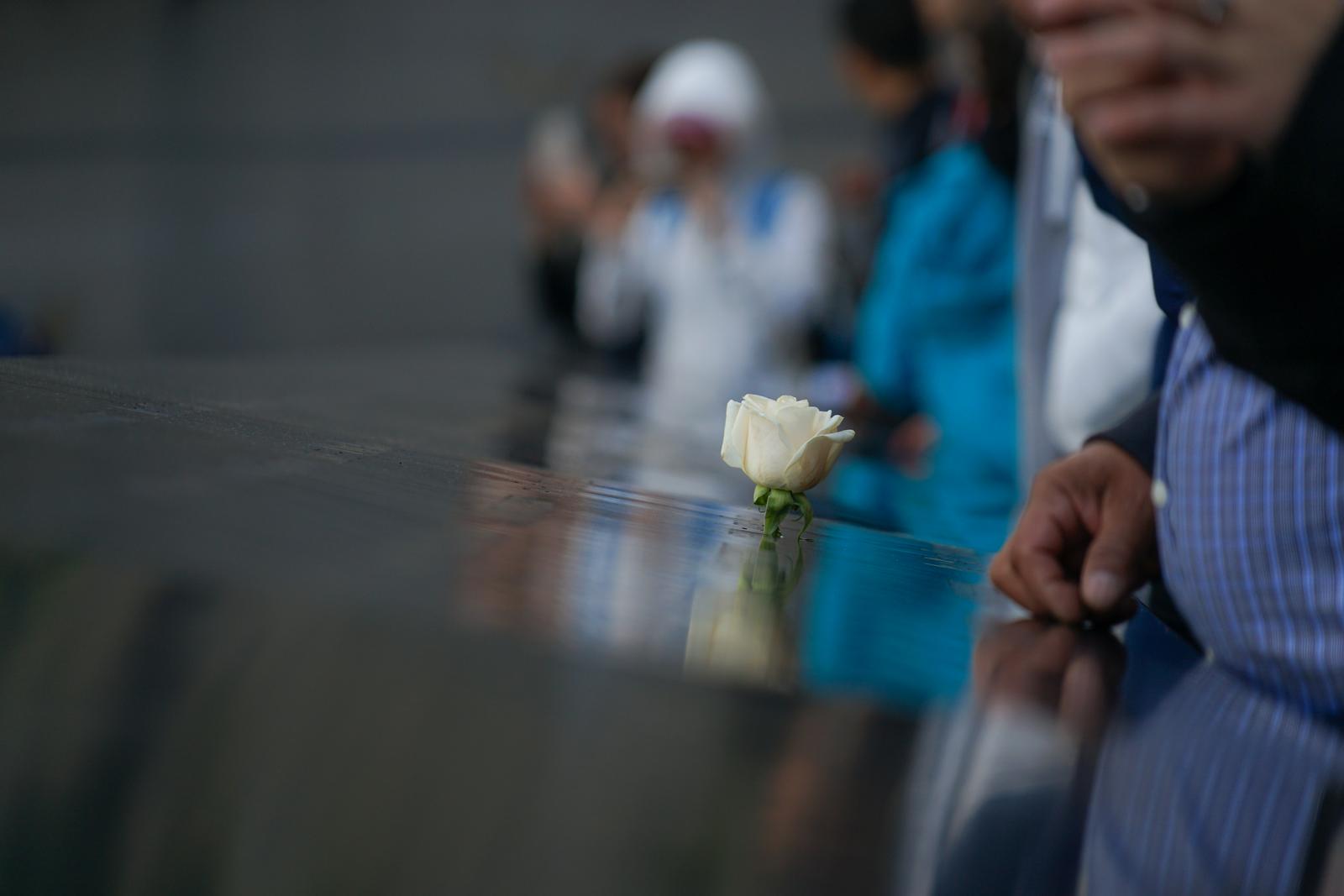Unpacking the Legacy of Racial Trauma
It’s a reality that many Black individuals face: the burden of silent suffering and the weight of emotional suppression. The history of racial trauma, deeply rooted in historical experiences like slavery and ongoing racial discrimination, has left an indelible mark on the mental health of Black communities. This article explores the connection between Black mental health and the coping mechanisms that often manifest as emotional stoicism, as experienced by many, including my own father.
Racial Trauma’s Long Shadow
Racial trauma, also known as race-based traumatic stress, refers to the emotional and psychological impact of experiencing racism and discrimination. It’s not a new phenomenon but one that has persisted throughout history, leaving an enduring imprint on the minds and hearts of Black individuals.
Historical injustices, such as the horrors of slavery, continue to cast a long shadow. These traumatic experiences have been passed down through generations, leaving a legacy of pain and resilience. Black individuals have often had to develop mechanisms to cope with the harsh realities of racism.
The Mask of Strength
One coping mechanism that many Black people employ is the “mask of strength.” This mask is the facade of stoicism, the appearance of emotional invulnerability. It’s the belief that by not allowing oneself to express vulnerability or emotion, the daily encounters with racism, both individual and systemic, won’t inflict as much harm.
I’ve witnessed this in my own father, who, like many Black men, often masked his emotions. He would hide his feelings, disconnecting when he was angry, sad, or upset. The intention was to protect himself and, in turn, his family from the pain of his emotional struggles. It’s a coping strategy born from resilience, but it also comes at a cost.
The Emotional Toll
The suppression of emotions takes a toll on mental health. When individuals hide their feelings, they carry the weight of unspoken pain. Over time, this burden can lead to heightened stress, anxiety, and even depression. It’s a silent struggle that affects not only the individual but also their relationships and overall well-being.
Breaking the Cycle
It’s essential to recognize that the “mask of strength” is a response to systemic racism and oppression. However, it’s equally important to acknowledge that vulnerability and the expression of emotions are not signs of weakness. In fact, embracing our emotions and seeking help when needed is a testament to strength.
By breaking the cycle of emotional suppression, we can promote better mental health within Black communities. Opening up about our struggles, sharing our emotions, and seeking support from mental health professionals are steps toward healing the wounds of racial trauma.
Conclusion
The correlation between Black mental health and racial trauma is undeniable. The historical experiences of oppression, as well as ongoing discrimination, have led many Black individuals to do the “mask of strength” as a coping mechanism. However, it’s crucial to understand that this mask, while born from resilience, can be a barrier to emotional well-being.
In a society that continues to grapple with racial injustices, it’s time to redefine strength. It’s time to acknowledge the emotional toll of racial trauma and encourage open conversations about mental health within Black communities. By doing so, we can collectively work towards healing and breaking the cycle of emotional suppression.
The path to better Black mental health lies in the power of vulnerability, support, and the recognition that we are not alone in our struggles. Together, we can shed the weight of the past and embrace a future of emotional well-being and resilience.

